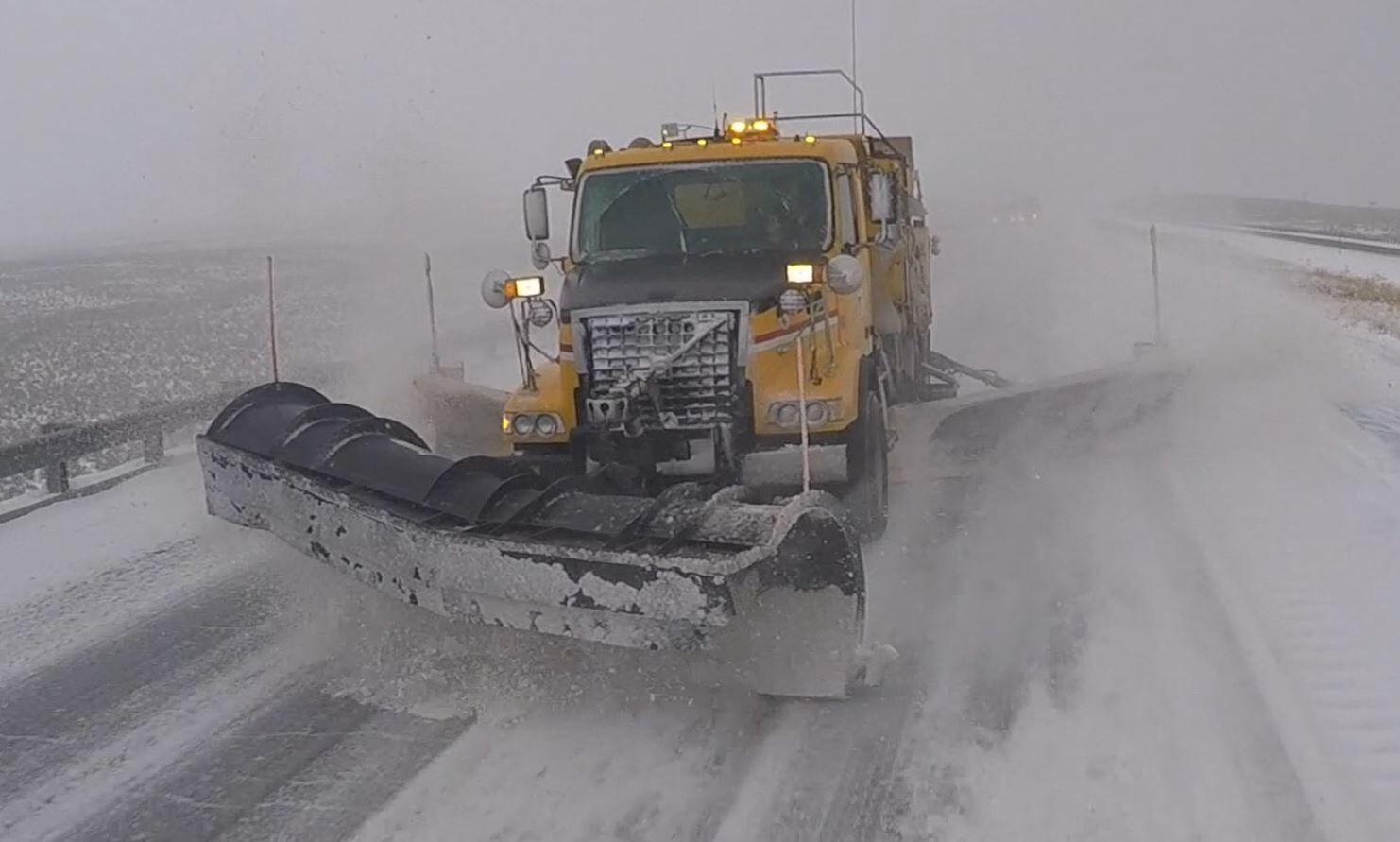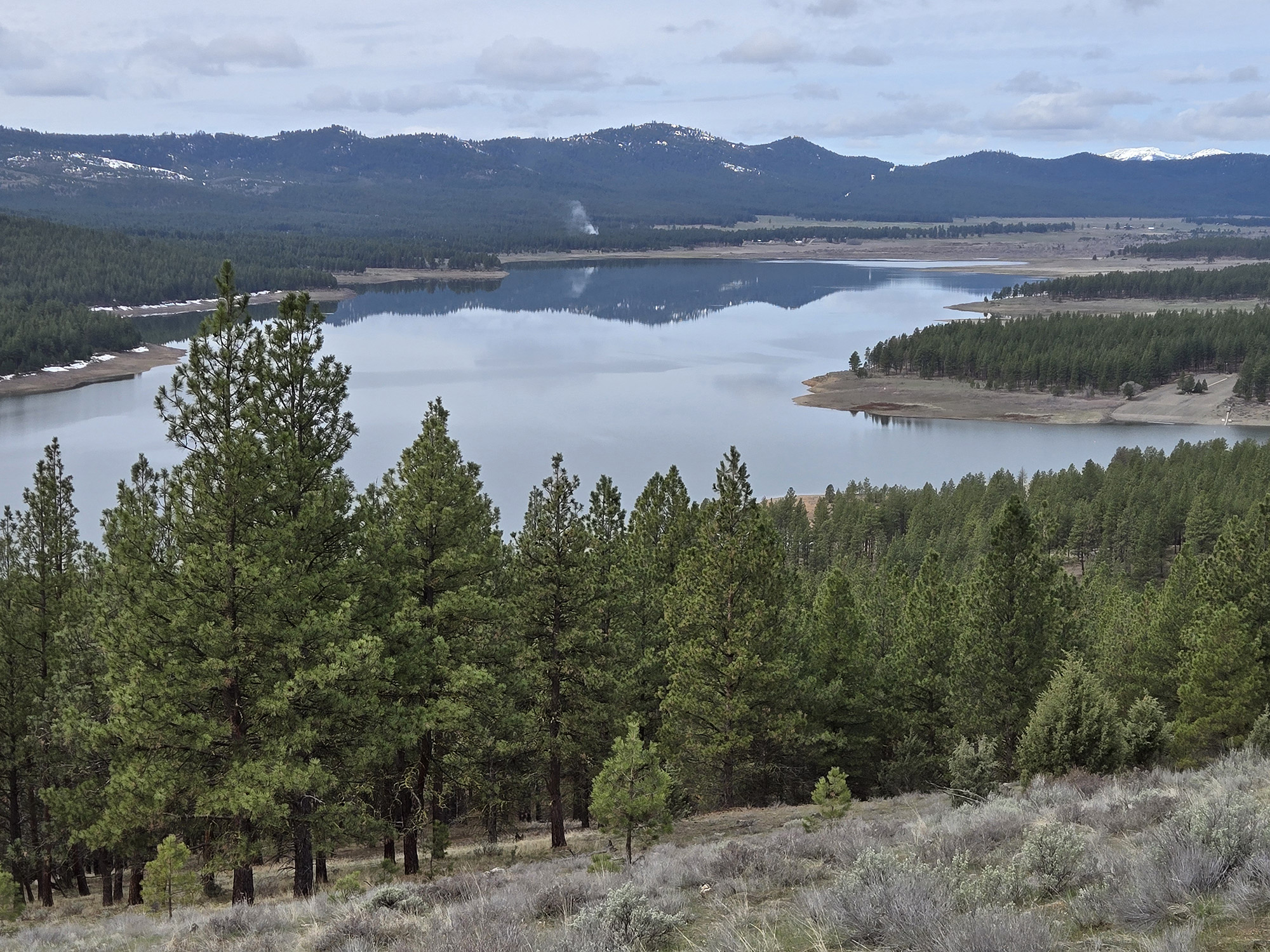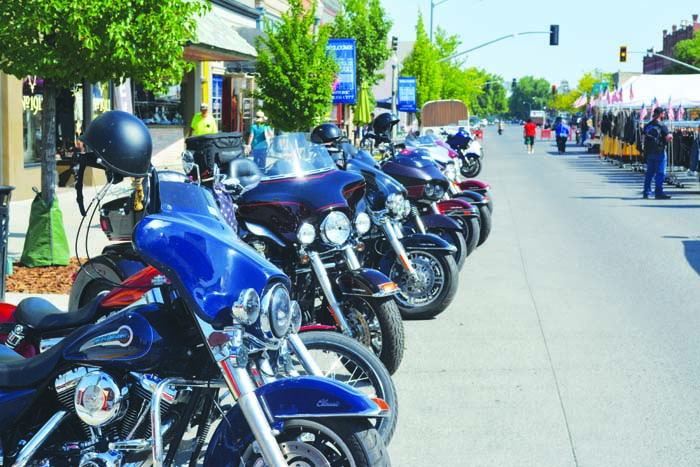Great Oregon books by non-Oregonians
Published 12:30 pm Friday, December 14, 2018
I was born in Oregon and have never lived anywhere else, but it occurred to me recently that some of my favorite books about the state were written by people who aren’t natives.
Trending
Not that there’s anything especially peculiar about this, of course.
I’m not so provincial as to believe that only Oregon-born authors can write with authority, or with genuine affinity, about my home state.
The occasion that got me to thinking about the matter was when my cousin, Ben Klecker, gave me as a gift a copy of Don Alan Hall’s 1975 mountain climbing book, “On Top of Oregon.”
Trending
I had owned the book years ago but somewhere along the way I misplaced it — a nearly unpardonable sin, in my eyes, but there you have it. I had mentioned my great blunder to Ben a while back and, generous sort that he is, he remembered and ordered me a copy of the book, which has long since gone out of print.
Hall, who had a long career as a newspaper journalist, deftly mixes cultural and geologic history in writing about four craggy volcanoes in the central Cascades — North Sister, Mount Washington, Three-Fingered Jack and Mount Jefferson.
Hall’s focus, though, is on climbers — some who failed to reach the summits of those peaks, and some who succeeded.
Hall himself fits in both categories. In addition to his richly detailed descriptions of climbers who preceded him on that quartet of volcanoes, Hall writes about his successful ascents of North Sister, Mount Washington and Three-Fingered Jack, and his decision to halt his climb within a few hundred feet of the summit of Mount Jefferson, Oregon’s second-tallest peak at 10,495 feet.
(Hall contends that the four peaks “are the most difficult mountains that Oregon has to climb,” a claim that, based on other books I’ve read, is reasonable, with potentially a couple of qualifiers. First, Hall is referring to the relative dangers and challenges of the easiest routes to summits. By that standard, reaching the top of any of his four chosen peaks is a tougher task than surmounting other major mountains in the state such as Mount Hood or the North Sister’s two companions, Middle and South Sister. The second qualifier is that adjective in the preceding sentence — “major.” Certainly there are pinnacles in the state, some likely without names, that are harder climbs, but Hall, in this case, is writing about summits that are named, relatively well-known and likely to attract the interest of alpinists both experienced and not.)
Hall’s book, which I probably first read when I was around 10, affected me the way that tales of high adventure often affect young readers — I became obsessed.
My fascination with the book had two main sources.
I was immediately intrigued by the idea of hauling myself up a great mountain, dangling from a rope and looking down at yawning gulfs of open space beneath my boots.
But I also knew the mountains that Hall wrote about.
I had to walk barely more than a block from my home in Stayton to see the west face of Mount Jefferson. And many times during trips over the Santiam Pass I had marveled at the sheer pinnacles that cap the three other peaks in Hall’s foursome, all of which are visible from the pass.
I must have read “On Top of Oregon” a dozen times before I started college at the University of Oregon.
I have no doubt that had I never come across Hall’s book I would not have climbed Three-Fingered Jack in July of 1988, the month after I graduated from high school.
I’m certain of this because I had never before summited any mountain that required anything like rock climbing, nor have I done so in the ensuing three decades. It was no coincidence that I chose, for my only mountaineering experience, one of the peaks in Hall’s book.
After reacquainting myself with “On Top of Oregon” thanks to Ben’s gift, I happened to glance at the author’s brief biography on the inside back cover. If I had ever read this short paragraph I had forgotten that Hall, though he writes with palpable affection for Oregon, actually spent his first 18 years in Lizton, Indiana.
Hall, who recently turned 80, lives in Corvallis.
Not long back I spent a half-hour or so talking on the phone with Hall, and it was one of the most enjoyable conversations I’ve had.
It was also a most peculiar experience, one that provoked strange sensations.
It was the sensation of having a vivid memory from childhood in effect brought to life, and decades later at that. I felt a trifle disconcerted, though not in an unpleasant way, as I realized that Hall, this man whose stories I had read so many times, whose bootsteps I had figuratively followed up the scree slopes of those peaks, was actually speaking to me, answering my questions and expanding on anecdotes that are ingrained in my memory from his prose.
“No,” he answered with a rueful chuckle when I asked the one question that I’ve thought about for decades but never expected to ask — “Did you ever go back to Mount Jefferson and climb its crumbly pinnacle?
“It’s scary up there,” Hall said, and again he laughed. “I cared about that a lot for several years, but it never worked out.”
But he no longer regrets that he never stood on that mountain’s highest point.
Hall said the allure of mountain climbing for him was never reaching the summit, anyway, but rather the experiences along the way.
“I just like to be up there and look around,” he said. “I just enjoy the geography.”
Hall’s background, it turns out, is similar to that of two other authors who, though their work probably is more widely read than Hall’s, are far from renowned nationally, or even regionally.
E.R. Jackman, who co-authored the classic “The Oregon Desert” with Fort Rock cattle rancher (and Oregon native) Reub Long in 1964, was born in Stillwater, Minnesota, and didn’t come to Oregon until after the First World War. Jackman died in 1967.
Once I had confirmed the non-native status of Hall and Jackman I immediately thought of a third author — Ralph Friedman.
Friedman wrote a series of quirky books about Oregon that emphasized the state’s lesser-known places and people.
The best-known of these, I suspect, is “Oregon for the Curious,” which Friedman originally self-published in 1965 and sold for what seems today the impossible price of $1.95.
“Oregon for the Curious” did a respectable enough business, though, that Caxton, a publisher from Caldwell, Idaho, got involved. Friedman later expanded and revised the book — the version I own, which supplanted the tattered, coverless copy I “borrowed” from my parents, is the sixth printing of the third edition. I picked it up at a used bookstore for $2, but even the cover price, when it was printed in 1982, was a still thrifty $5.95.
Friedman, who was born and raised in Chicago and first came to Oregon in 1933, at age 16, later wrote, among others, “The Other Side of Oregon,” This Side of Oregon” and “A Touch of Oregon — Love Song to a State.”
He died in 1995.
My brief investigation into the backgrounds of this trio of authors surprised me, but not only because none was an Oregon native. I noticed too that the 1960s and 1970s constituted something of a classic era for books that, whatever their topic, are above all odes to Oregon.
I doubt any of these books has ever gained much of an audience outside Oregon, but I think the state’s literature would be notably less rich without them.
I know my love for the land would be less had I been so unfortunate as to have never read any of them.
Jayson Jacoby is editor of the Baker City Herald.









